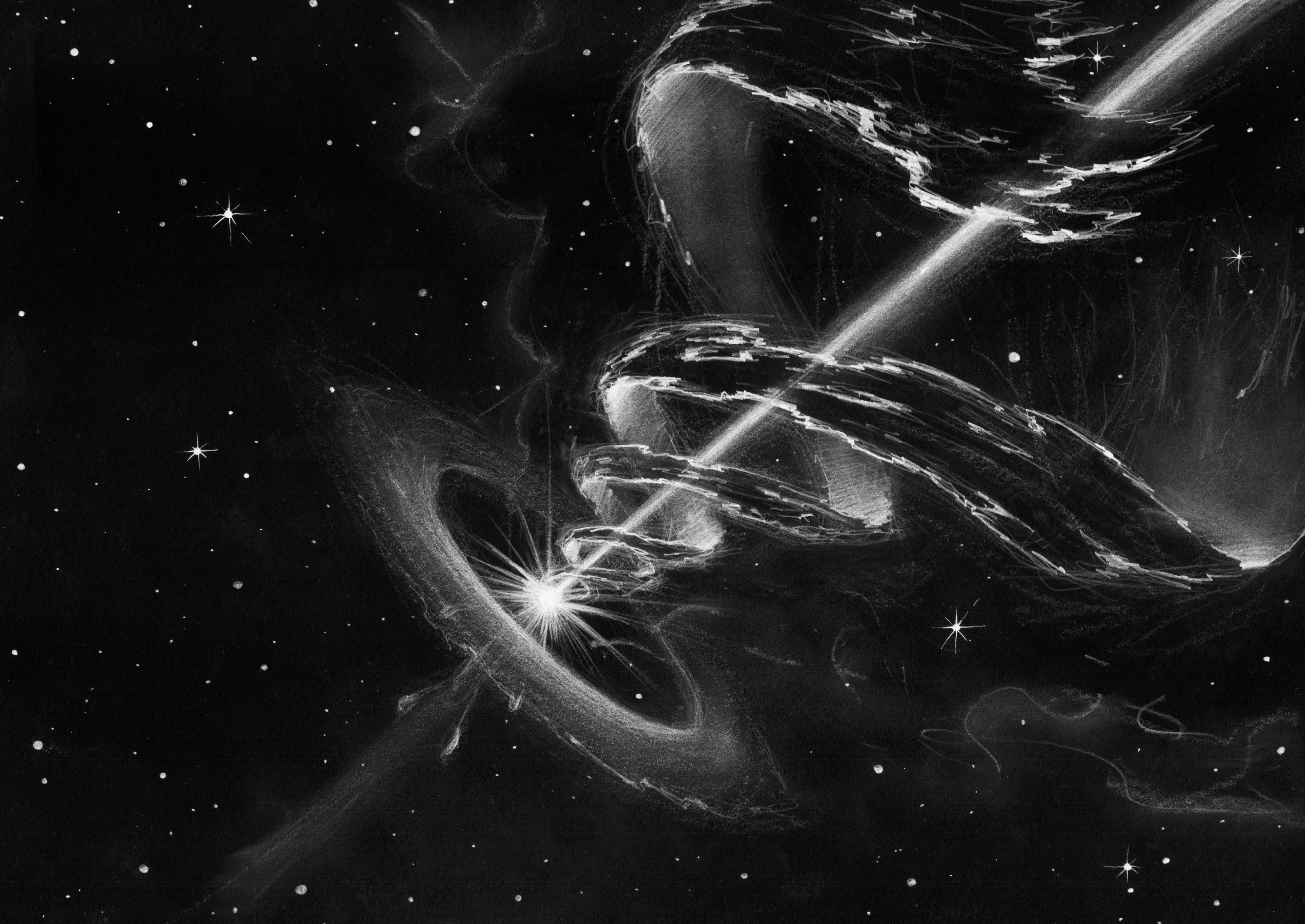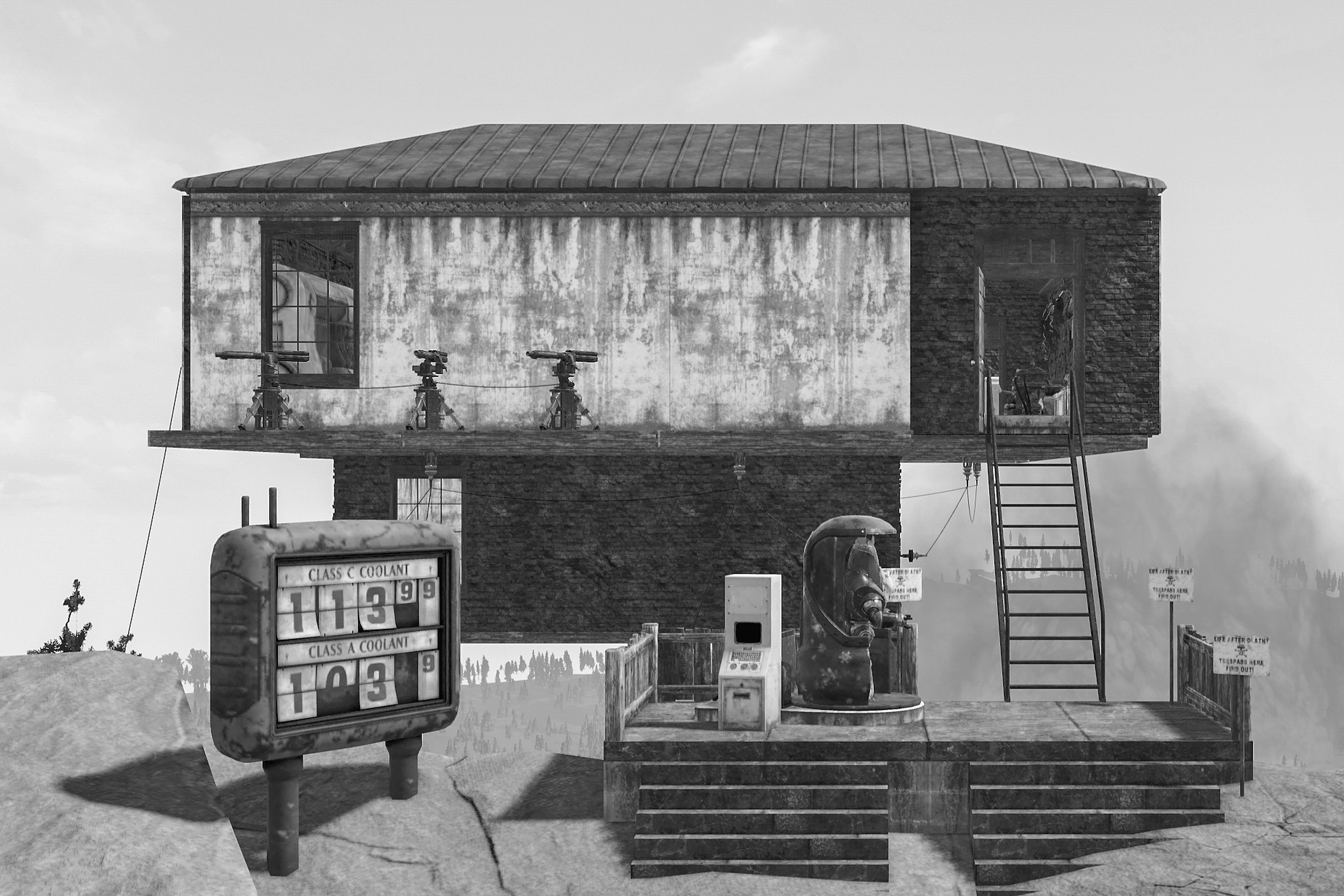“The first International Biennale ‘Art for the Future’, launched by our museum in MAMM’s 25th anniversary year, begins its regional tour in Norilsk. This is no coincidence. MAMM and Norilsk are connected by long-term, fruitful cooperation, with joint work as part of the programme ‘History of Russia in Photographs’, as well as projects in the sphere of contemporary art.
Contemporary art develops in dialogue with the history of world culture, reflects reality and raises issues important for the preservation of human civilisation in the future.
Our lives are changing rapidly as a result of the development of Industry 4.0. Art has always appropriated new technologies. Today these are neural networks, VR, mixed and augmented reality, robotics, various types of online activity and interactive communication, etc.
The ‘Art for the Future’ Biennale showcases projects created using new technologies, analysing how these technologies are changing the world in which we live. Many works were created specifically for the Biennale with the support of MAMM.
Our concept for the ‘Art for the Future’ Biennale was not as a static form, but rather as a process in continuous development, which is also shown by the constant replenishment of our online platform Artforthefuture.art. In Norilsk, in addition to selected projects from the Moscow Biennale, works by artists conceived and executed in the PolArt art residence will be exhibited. The work of this residence became possible thanks to the support of Norilsk Nickel, which is also a strategic partner of the Moscow Biennale ‘Art for the Future’ and a Corporate Trustee of MAMM.
The activities of the art residence PolArt, where graduates of the Rodchenko School, a structural subdivision of MAMM, also worked, show a similarity between the artistic strategies of this residence and our museum.
I hope that the ‘Art for the Future’ Biennale in Norilsk, which will be accompanied by offline and online educational programmes, will interest a wide variety of audiences and stimulate the work of local artists and the creative class of Norilsk, as well as the PolArt resident artists.
I would like to express my deepest gratitude to the staff of the Norilsk Museum and personally to its director Natalia Fedyanina, in close cooperation with whom the Norilsk project was devised, and to the Norilsk Nickel Company, without whose support this project could not have taken place. I hope that the Second ‘Art for the Future’ Biennale will definitely include works created in Norilsk.”
Olga Sviblova, Director of MAMM, Art Director of the Biennale ‘Art for the Future’
“Norilsk is a technological city, a city-machine that never stops. We think of it not only as an industrial centre, but – many steps ahead – as a modern Arctic metropolis with a developed post-industrial economy. Today, more than ever, we need projects, spaces and events that make it possible to see our future in a fog of uncertainty and anxiety. The MAMM Biennale ‘Art for the Future’ will be such an event for Norilsk.”
Natalia Fedyanina, Director of Norilsk Museum
On 21 December 2021, the Multimedia Art Museum, Moscow, with the support of Corporate Trustee Norilsk Nickel, hosted the First International Biennale ‘Art for the Future’. This exhibition brought together 60 projects by Russian and foreign participants created on the basis of the latest technologies of Industry 4.0 (neural networks, 3D animation, virtual and augmented reality, etc.) and reflecting the changes that technologies bring to the life of every person and society. The Biennale was held in offline and online formats and became a real sensation: the attendance was approximately 300,000 people, and coverage of online events on the Artforthefuture.art platform exceeded 7 million.
The exhibition in Norilsk begins the Biennale’s regional tour. In each city the exposition is to be reconstructed in dialogue with the museums housing the project, taking into account the interests of their audience and the specifics of exhibition spaces. Norilsk will showcase 11 selected projects by both recognised masters and rising stars of contemporary art.
Art has always depended on the level of technological progress, appropriating the results of scientific and technical achievements and thereby expanding its arsenal of expressive means. This is how new types of art were born, for example photography, cinema, video art, Internet art, etc.
The art of the 21st century turns to rapidly developing modern technologies and undergoes radical changes before our eyes. The growing influence of Industry 4.0 and acceleration of the rhythms of life lead to art becoming more focused on the problem of the future and the creation of its utopian models that depend on the challenges of our time: environmental problems, the digitalisation of reality, the widespread introduction of neural networks, etc.
The artists represented in the exhibition work with diverse futuristic scenarios. The project ‘Planetary Nebulae’ by Rostan Tavasiev, one of the most illustrious modern authors, was created with the participation of astrophysicist Sergey Popov and dedicated to the artistic exploration of outer space.
Is artificial intelligence capable of becoming man’s fully-fledged co-author, and is it possible to algorithmise the creative process? Valery Shevchenko, a graduate of the Rodchenko School, asks such questions in his work ‘Performance of Meaning’. The art group Gray Cake (Sasha Serechenko and Katya Pryanik) explores artificial intelligence in search of the unconscious. The focus of the artists’ attention is the ability of neural networks to generate their own unique dreams, based on the texts and images uploaded to them.
Dmitry Kavka, widely known for his Internet and post-Internet art projects, addresses the problem of merging digital and material realities. The projects by young artists Pavel Chekulaev and Maxim Zmeev look at the topic of video games as a virtual continuation of the real world. Media artists YOmoYO (Maxim Svishёv) and Pavel Zeldovich explore the themes of social networks and their impact on humanity.
An important chapter of the Biennale in Norilsk will be projects realised at the PolArt art residence. The residents’ works are united by an interest in the artistic reinterpretation of the city, whether by designing a new light landscape (‘Norsvet’ by Mila Mikhailova), working with the colour environment of Norilsk (‘TsvetNor’ by Anna Tolkacheva) or turning to environmental issues especially relevant for the region (‘Maps of Consciousness’ by Andrey Chugunov). These interactive installations will allow viewers to become participants in the creative process.
The polar art residence PolArt was opened in 2016 by Norilsk Museum with the assistance of the city administration and the Norilsk Nickel Company. The purpose of the programme is to support contemporary Russian art, artists and curators. Open-call is held annually and contributes to the development of the local art community. As part of the programme the authors create site-specific art projects, offering their vision of the future of Norilsk. Since 2021 priority areas of the residence are media- and science-art.
The Biennale in Norilsk will be accompanied by an offline and online educational programme. Anna Zaitseva will conduct a curatorial tour of the exhibition and there will also be lectures by Biennale participants Rostan Tavasiev, Dmitry Kavka, etc.



